Montse Gumà
In 1905 a series of 25 postcards were published of the most important artists of the time, according to its author Francesc Serra Dimas, who portrayed them in a personal and intimate environment. Among the characters portrayed it is worth highlighting Lluïsa Vidal. In 1915, a second series of 35 new images came to light. Even though the goal of Serra was not commercial, it got press coverage and even ended up being projected in the cinema. Gone were the words of Serra when he conceived the project and requested facilities to some of those who had been his models: «I’m not guided by any commercial interest with this; the only wish I have is that the names and figures reach the general public, and this doesn’t seem to me to be a bad way of achieving it.» These words were aimed at the members of the Penya Parés, of which he formed part, to defense his idea when faced with the skepticism of Modest Urgell, Joan Brull and Isidre Nonell, amongst other artists.
In 1954 he gathered together some of these portraits, and others unpublished, and he published them in the form of a book: Our artists, Graphic, documentary and anecdotic reportage, Barcelona, 1954. From among the 37 artists portrayed and commented on by Serra in this publication, there is only one woman: our artist.
And who was Lluïsa Vidal? To start with, let’s see what Francesc Serra himself said in the comments he wrote for this publication.
«She was the favourite disciple of the major artist Mas y Fondevila, under whose tutorship she learnt to draw and paint. She was a singular case: the only woman who, at the beginning of the 20th century, would dedicate herself with enthusiasm to such a difficult and complicated task, managing to do so well, and in a moment in which all the girls from the wealthy families entertained themselves by playing the piano. She was an exception.
»She did various portraits, in pencil and oil, of Barcelona ladies with a notable presence, with soft colours and impeccably drawn. She also liked painting open air themes; “Girls leaving the church on the day of their First Communion”, “Dancing the Sardana”, etc., reflecting exquisite and refined personal sensibility. Her name has amply well-earned the merit of figuring in the history of Catalan painting.
»Luisa Vidal was a person of exquisite kindness and charming courtesy: she liked to talk of painting without making any personal allusions that were not flattering.
»In the fullness of youth and filled with enthusiasm death would overcome her. She didn’t lack talent or sensibility.»
In these commentaries, personal and heartfelt, done by a friend, there are details not mentioned that we believe are important when contextualising the artist and highlighting the value. For example, Lluïsa Vidal was one of the few Spanish female painters of the time (there are those who say she was the only one) who settled in Paris to complete her training, at a time when this academic option was considered unthinkable for women. She arrived at the beginning of June 1902 and would stay there for little more than a year. There she attended the Académie Julian, under the tutelage of Jean-Paul Laurens, and subsequently she trained with Eugène Carrière, first of all, and Georges Picard, afterwards in the academy of Georges Humbert.
Even though not all the researchers and experts in the life and work of Lluïsa Vidal would agree, it could be that she also deserved the honour of being the only woman who had exhibited in the famous exhibitions that were held in Els Quatre Gats. If this was so, it would have been her first exhibition, and in 1898, her work would have formed part of the collective exhibitions that took place in the famous modernist coteries of Barcelona.
She was also the only woman of her time who dedicated herself professionally to painting and who was able to making a living from her artistic work, although needing to diversify her work. As a good portrait artist, she received numerous commissions from well-off families and worked as an illustrator for the magazine Feminal and other publications. To top up her income and to help her face the economic difficulties of the family, she would give classes of drawing and painting, and opened an academy where she gave art classes.
Another personal aspect of Lluïsa Vidal constituted her “feminist” concerns. During her stay in Paris, she got to know the European feminist movement, and as a result of all this, she never gave up on the idea of collaborating and boosting the learning of women. Therefore, and once back in Barcelona, she got in touch with Carme Karr, leader of the bourgeois feminist movement to which Vidal became a member, and founder of the magazine Feminal in which she would regularly collaborate, with Francesca Bonnemaison and with Dolors de Monserdà, important figures in this ideological context. She participated in the Institute of Culture and the Popular Library for the Woman, founded by Bonnemaison in 1909, in the Patronat d’Obreres de l’Agulla (The Workers’ Trust), founded by Monserdà, in the home, students’ and teachers’ residence promoted by Karr and in the Pacifist Feminist Committee of Catalonia, boosted by Monserdà and Karr in 1915.
Not in vain, Lluïsa Vidal had been born into a cultured family which moved within the modernist circles of the time. She was daughter of the major modernist cabinet-maker Francesc Vidal i Jevellí, also trained in Paris, who had worked as a cabinet-maker, decorator and interior designer for the main families of the country, and in favour of the education of children that today we would call gender equality, something almost total unheard of during that time. To all of them she gave a professional artistic training, providing them with the opportunity to develop their talents and acquire autonomy. He is the creator of some of the furniture that is conserved in the collections of the museum.
Lluïsa was the second of twelve brothers and sisters, among whom it is worth highlighting Frederic Vidal, trained in London in the technique of cloisonné glass. Frederic was a follower of his father’s studio and of adapting to the new tastes of the customers and of the new techniques, and of whom the museum conserves a large number of creations, some of them being well known in the popular imagination.
This autumn we invite you to discover the exhibition Lluïsa Vidal. Modernisme Painter curated by Consol Oltra. You can enjoy her art as a talented portrait artist, and as a painter of gender and in the open air, without forgetting her capacity as illustrator, and you can find out more about her most intimate facet while contemplating small works painted by her, that she never thought would leave her studio.
Related links
Three gentlemen and a library card
Projectes digitals

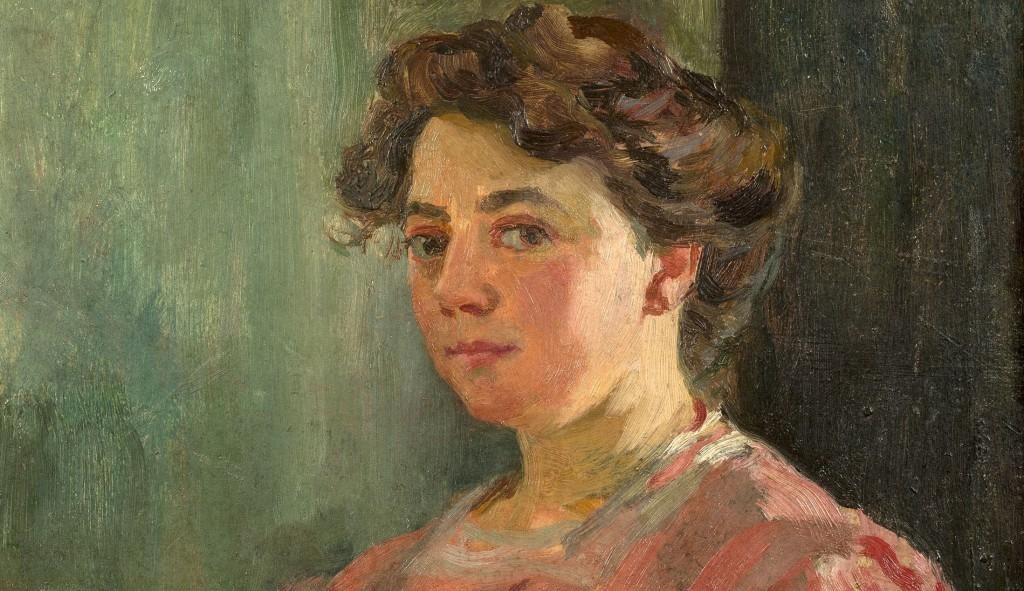

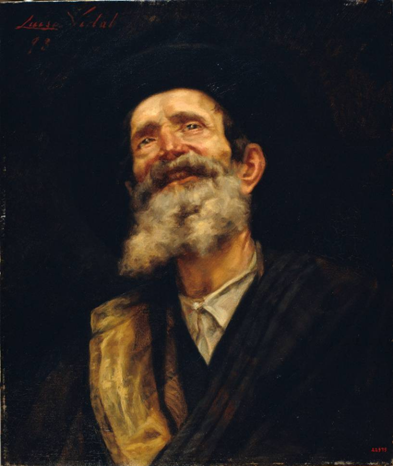
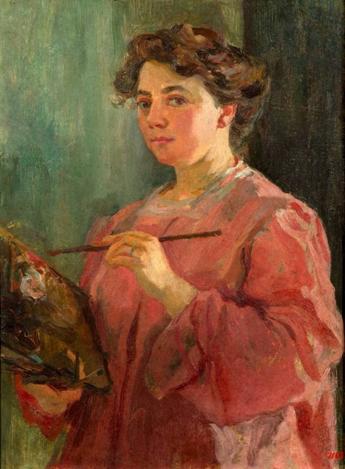
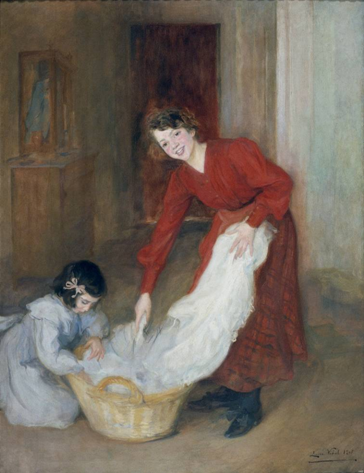
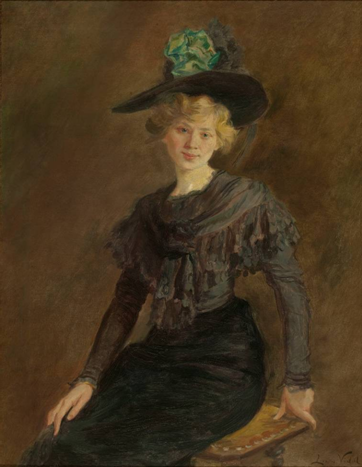
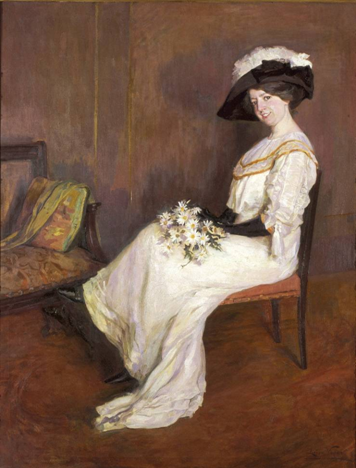
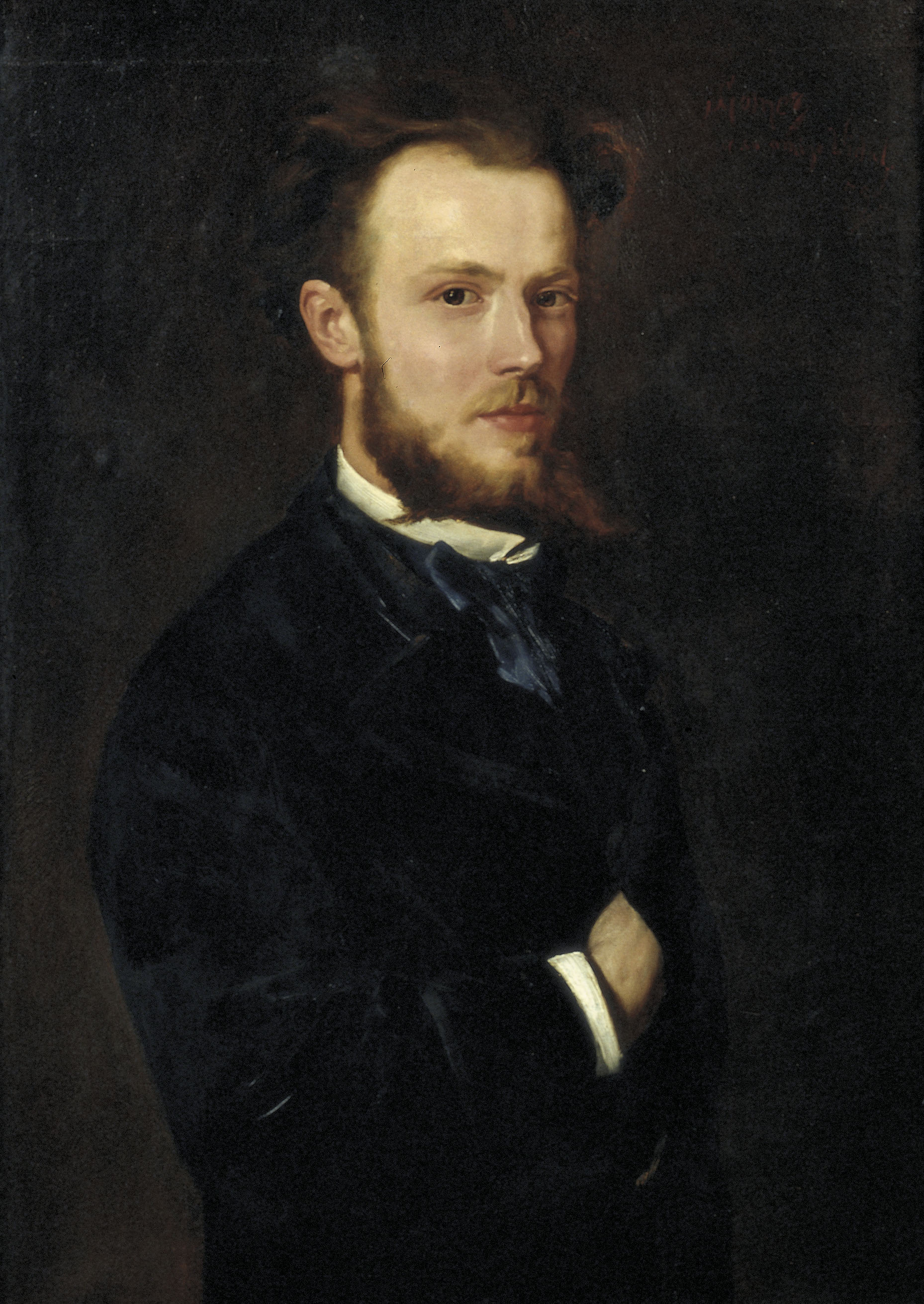
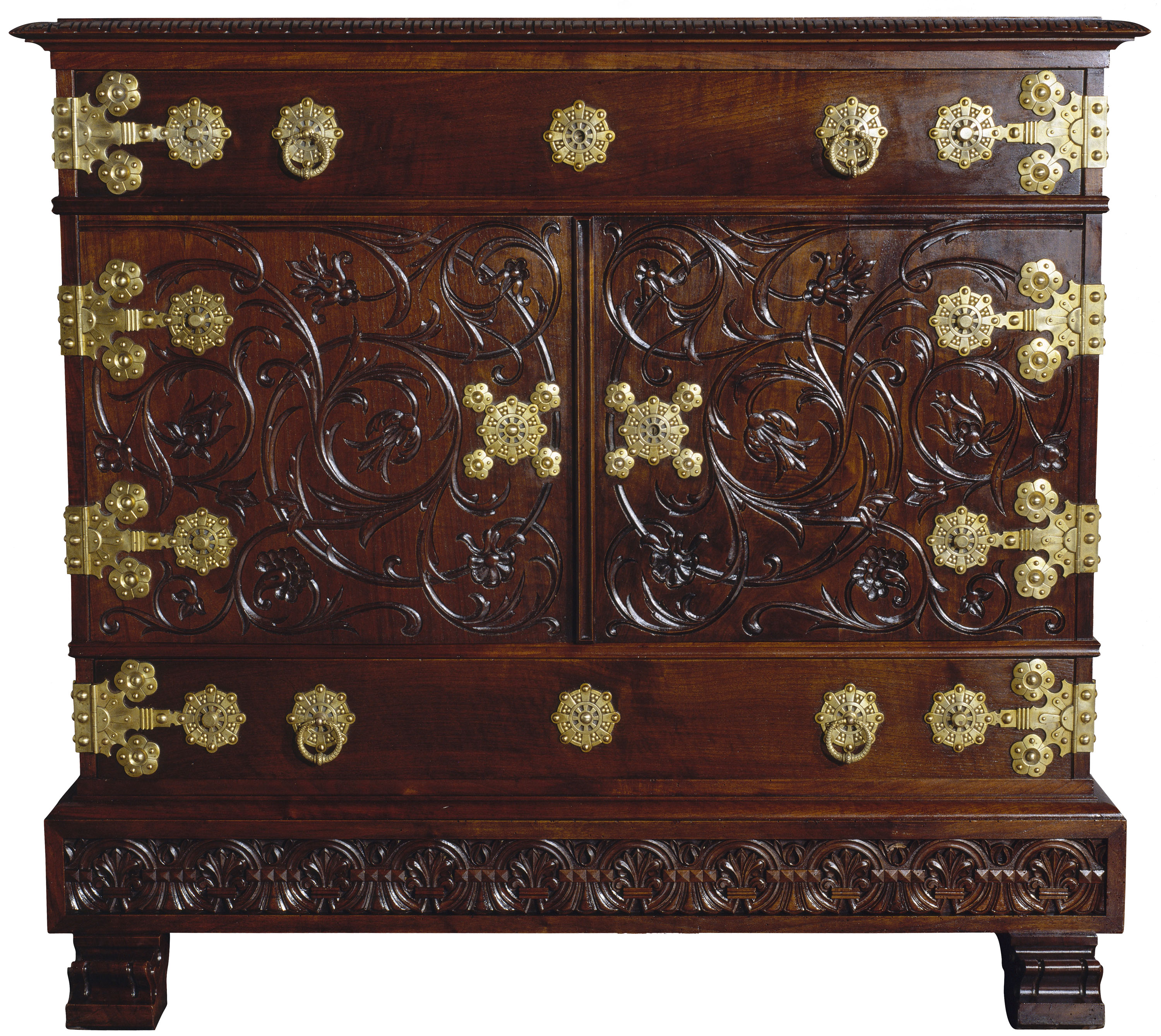
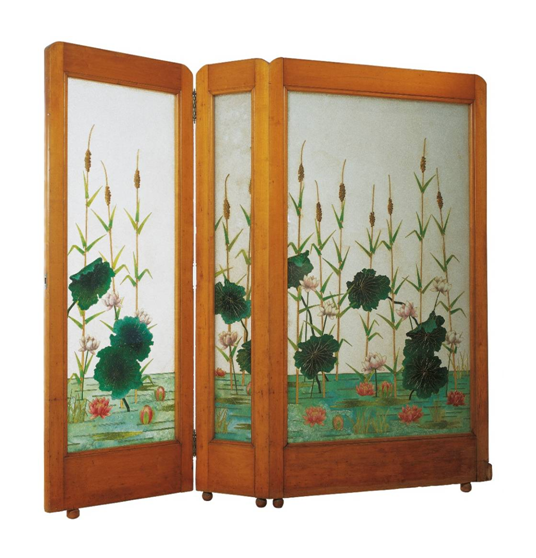
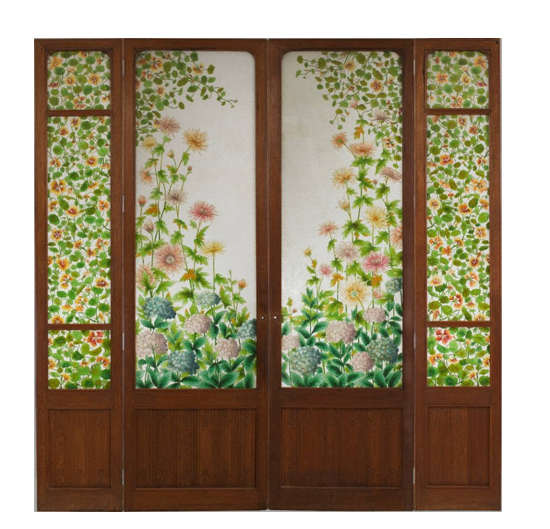







2 Comments
I loved this site. I had never heard of Lluïsa Vidal so this was a double surprise. I also appreciated the mini history you provided. Unfortunately the English needs some minor corrections to make it more comprehensible. Thank you very much.
Thank you for your enthusiastic comment! Of course we will check the English translation. Wo hope you vistit the Museu Nacional d’Art de Catalunya again.